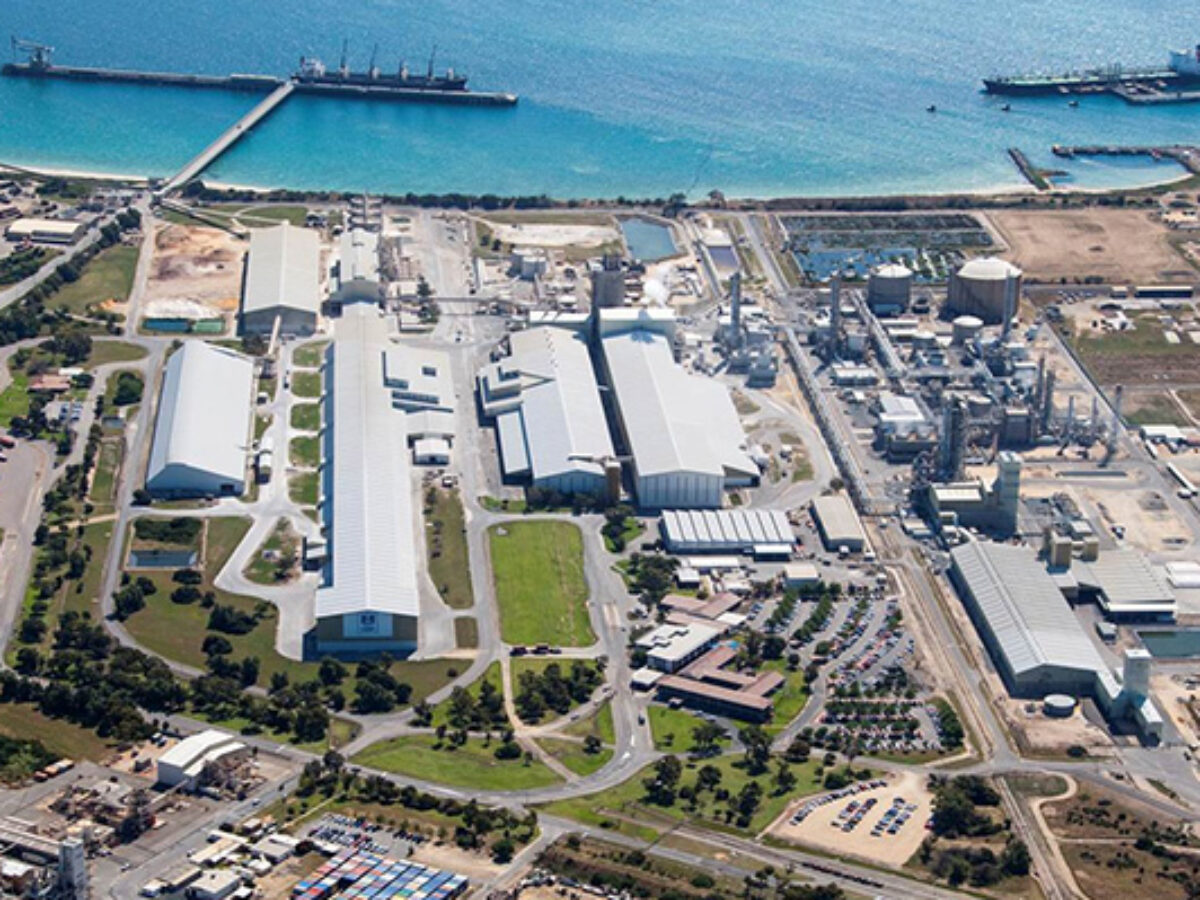Monash University’s green ammonia breakthrough

Monash University scientists have developed a new process for the production of ammonia that could cut the carbon-intensity of industrial production globally.
Professor Doug MacFarlane, Dr Bryan Suryanto and Dr Alexandr Simonov in a paper in the prestigious journal, Science, suggested replacing the current metal catalysed Haber-Bosch process for producing ammonia with one based on phosphonium salts.
Monash chemistry school’s Dr Suryanto said: “The Haber-Bosch process currently used to produce ammonia is extremely carbon intensive.
“Moreover, it also requires high temperatures and pressures and can only be feasibly achieved in large reactors in large industrial plants.
“Our study has allowed us to produce ammonia at room temperature at high, practical rates and efficiency.”
The discovery has been licensed to a Monash spin-out Jupiter Ionics which will scale up the process to demonstrate operation in commercial applications.
Ammonia (NH3) is a globally important commodity for fertiliser production, but each tonne produced contributes to the emission of roughly 1.9 metric tonnes of carbon dioxide
The research unlocks the potential to produce ammonia and fertilisers from renewable energy in reactors as small as a refrigerator that could be rolled out at the individual farm or community level.
The breakthrough is in an electrochemical nitrogen reduction reaction, which can produce ammonia at room temperature and pressures.
Dr Suryanto said: “In our study, we have found that a phosphonium salt can be used as a ‘proton shuttle’ to resolve…limitations” .
Professor MacFarlane believes the use of carbon-neutral production technologies could also see ammonia used as a fuel, including for shipping.
He said: “The technology that we have developed also opens up a broad range of possibilities for future scale up to very large production facilities for export, attached to dedicated solar and wind farms.
“These could be sited in ideal renewables generating locations such as northern areas of Western Australia.
Picture: CSBP Kwinana ammonia plant
Subscribe to our free @AuManufacturing newsletter here.
Topics Technology
@aumanufacturing Sections
Analysis and Commentary Awards Defence Manufacturing News Podcast Technology Videos






